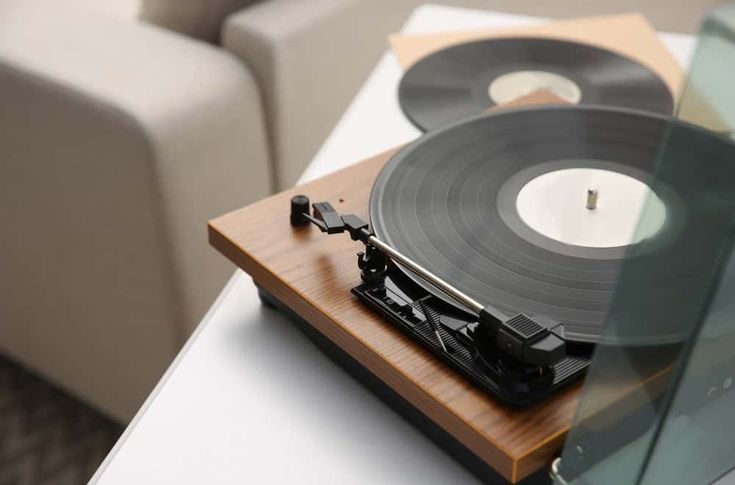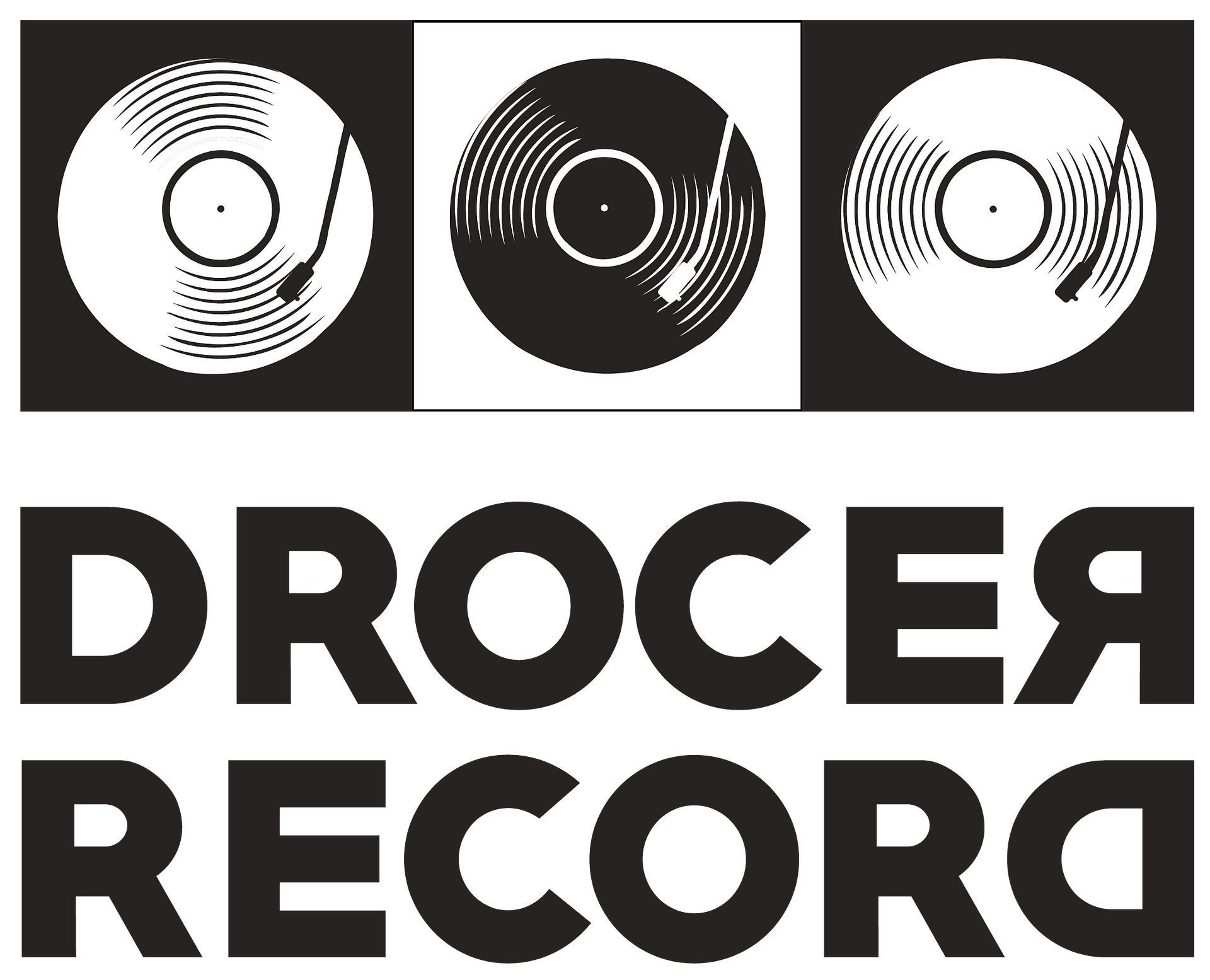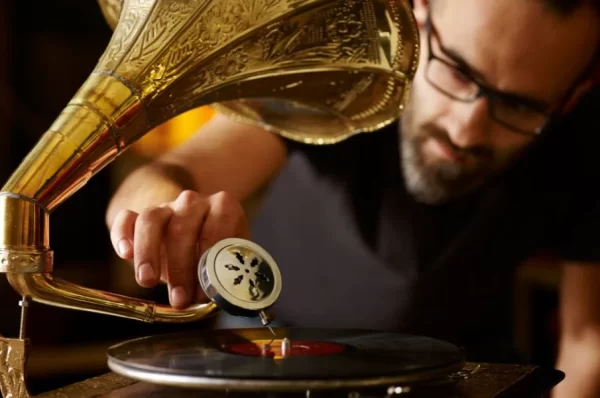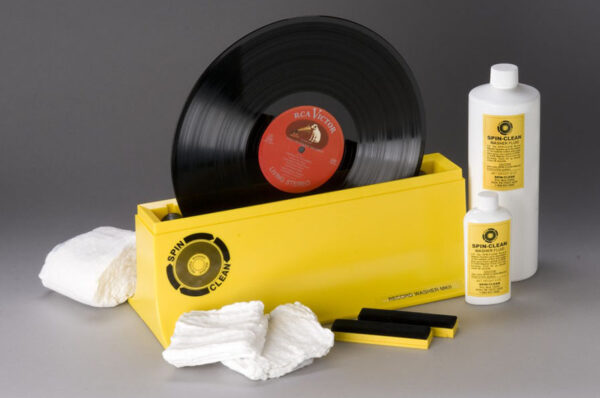Vinyl records, often called “vinyls,” have remained a beloved audio format for decades, cherished for their rich sound and tactile nature. Understanding how vinyl records work involves appreciating the mechanics, physics, and craftsmanship behind these fascinating devices. Here’s a comprehensive look into how vinyl records function, their history, and why they continue to capture the hearts of audiophiles.
1. The Anatomy of a Vinyl Record
A vinyl record is a circular disk, usually made of polyvinyl chloride (PVC), which contains a continuous spiral groove that stores audio information. Each record has two sides, each with a unique set of grooves corresponding to the songs recorded on it. The groove starts near the edge of the record and winds its way toward the center, each indentation along this path encoding sound waves.
Vinyl records come in different sizes (e.g., 7-inch, 10-inch, and 12-inch) and speeds (e.g., 33⅓ RPM, 45 RPM, and 78 RPM). The size and speed affect how much audio data a record can hold. For instance, a 12-inch vinyl at 33⅓ RPM can hold about 20 minutes of audio per side, making it ideal for full-length albums, while a 7-inch at 45 RPM often holds a single track.
2. The Groove and Sound Encoding
Sound on a vinyl record is physically encoded as minute bumps and indentations along the groove. These variations are a direct representation of the sound waves produced when the music was recorded. Audio engineers use a process called “analog mastering” to transfer sound waves into physical grooves. Essentially, the audio signal is transferred to a cutting lathe, which cuts a master disc. This master disc is then used to create the final record copies.
The audio signal is split into two channels – one for each speaker in a stereo system. This is why the grooves have slight side-to-side (horizontal) and up-and-down (vertical) movements, representing the two different channels of audio. These variations are read by the needle (stylus) as it moves along the groove, decoding the sound information stored in these physical patterns.
3. How the Turntable Works
The turntable, also called a record player, plays an essential role in transforming the physical data in the grooves into sound we can hear. A basic turntable setup includes a rotating platter, a tonearm, a stylus (needle), and a cartridge:
- Platter: This is the rotating part where the vinyl record sits. The rotation speed (RPM) must be carefully matched to the record’s specifications to ensure accurate playback.
- Tonearm: The tonearm holds the stylus and cartridge. It’s designed to move inward as the record plays, following the grooves from the edge to the center.
- Stylus (Needle): The stylus is the tiny needle that rides along the groove. Typically made from diamond or sapphire, it is shaped to fit snugly into the groove.
- Cartridge: The cartridge houses a magnet and coils that convert the stylus’s vibrations into an electrical signal. These signals are sent to an amplifier, which powers the speakers and ultimately produces sound.
4. The Science of Sound: How Vibrations Become Music
The magic happens in the stylus, which vibrates as it moves along the grooves of the vinyl. These vibrations are caused by the tiny bumps and ridges that encode the audio. The stylus transfers these vibrations to the cartridge, where a tiny magnet moves within a set of coils to generate a small electrical signal.
In a more advanced cartridge (like a moving-coil cartridge), the coils themselves move, rather than the magnet. This process is fundamental to vinyl playback, transforming physical motion into electrical signals that can be amplified and translated into music by speakers.

5. Amplification and the Sound System
The electrical signal from the cartridge is faint and needs amplification before it’s audible. This is where the amplifier, or “phono stage,” comes in. It increases the signal strength and prepares it for playback through speakers or headphones. Many turntables have a built-in preamp, while others require an external preamp.
Once amplified, the signal is sent to speakers, which convert the electrical energy into sound waves. This process involves vibrating the speaker’s diaphragm in accordance with the original vibrations on the vinyl, effectively recreating the recorded sound.
6. Why Vinyl Sounds Different (and Sometimes Better)
Vinyl records offer a distinctive sound quality often described as “warm” and “full.” Several factors contribute to this unique sound:
- Analog Sound: Vinyl playback is a purely analog process. Unlike digital formats, which use sampled bits of the sound wave, analog captures the full wave as a continuous physical groove. This can result in a richer, more organic sound that many listeners find appealing.
- Frequency Range: Vinyl tends to excel in the midrange and low frequencies, giving it a warm and balanced tone. Higher frequencies, however, can be challenging for vinyl to reproduce accurately, which sometimes gives the impression of a softer sound.
- Dynamic Range: Although modern digital formats like CDs and high-resolution audio can achieve a wider dynamic range, vinyl has a naturally compressed dynamic range, lending a sense of intimacy to music. This compression can sometimes make the music feel closer and more immediate.
- Imperfections: Tiny imperfections like surface noise and slight warps in the vinyl add a unique texture. While some listeners may find these distracting, others find these sounds nostalgic and enjoyable, as they add to the vinyl experience.
7. Limitations of Vinyl Records
While vinyl records have a special appeal, they also have limitations:
- Physical Wear: Each time a vinyl record is played, the stylus wears down the groove slightly, eventually degrading the sound quality. Proper handling and maintenance, however, can extend the life of the record.
- Surface Noise: Vinyl is sensitive to dust, fingerprints, and static, which can cause clicks, pops, and hisses. Records need to be cleaned and handled carefully to minimize this noise.
- Storage Conditions: Vinyl records are sensitive to heat, moisture, and sunlight, which can cause warping or other damage over time. Records must be stored vertically in a cool, dry place to preserve their quality.
8. The Vinyl Revival and Modern Popularity
In recent years, vinyl has seen a resurgence in popularity. Many music lovers and collectors are drawn to vinyl not only for its sound but also for the experience it offers. The act of choosing a record, placing it on the turntable, and carefully lowering the needle creates an intentional listening experience that digital formats often lack.
Additionally, vinyl records come with album artwork and liner notes that add a tangible aspect to music ownership. For many, vinyl represents a deeper connection to the music and an escape from the instant gratification of streaming services.
Also Read: – When were record players popular
Conclusion: The Enduring Appeal of Vinyl
Vinyl records work through a delicate balance of mechanics, physics, and artistry. By transforming physical grooves into electrical signals and ultimately sound, vinyl offers an analog experience that digital formats can’t fully replicate. The warm, rich tones and the unique imperfections contribute to vinyl’s charm, and the ritual of handling a record connects listeners to the music in a way few other formats can.
Vinyl records are more than just a method of playing music; they’re a cultural phenomenon that has stood the test of time, attracting generations of listeners seeking a more personal, immersive experience. With its rich history and distinct characteristics, vinyl continues to captivate music lovers, providing an intimate and analog way to enjoy music.

An Electronics Engineer & A MBA in Marketing Graduate, Kinjal Gosar is a passionate audiophile herself. Starting her career at India’s biggest Consumer Electronics Retail Chain, her technical knowledge is amazing. Classic Rock has been a huge part of her life and her love for Music has always been evident in all her work. A vinyl collector herself, she loves spreading the joy of analouge while giving nothing but the best to her fellow vinylheads.






Comments (2)